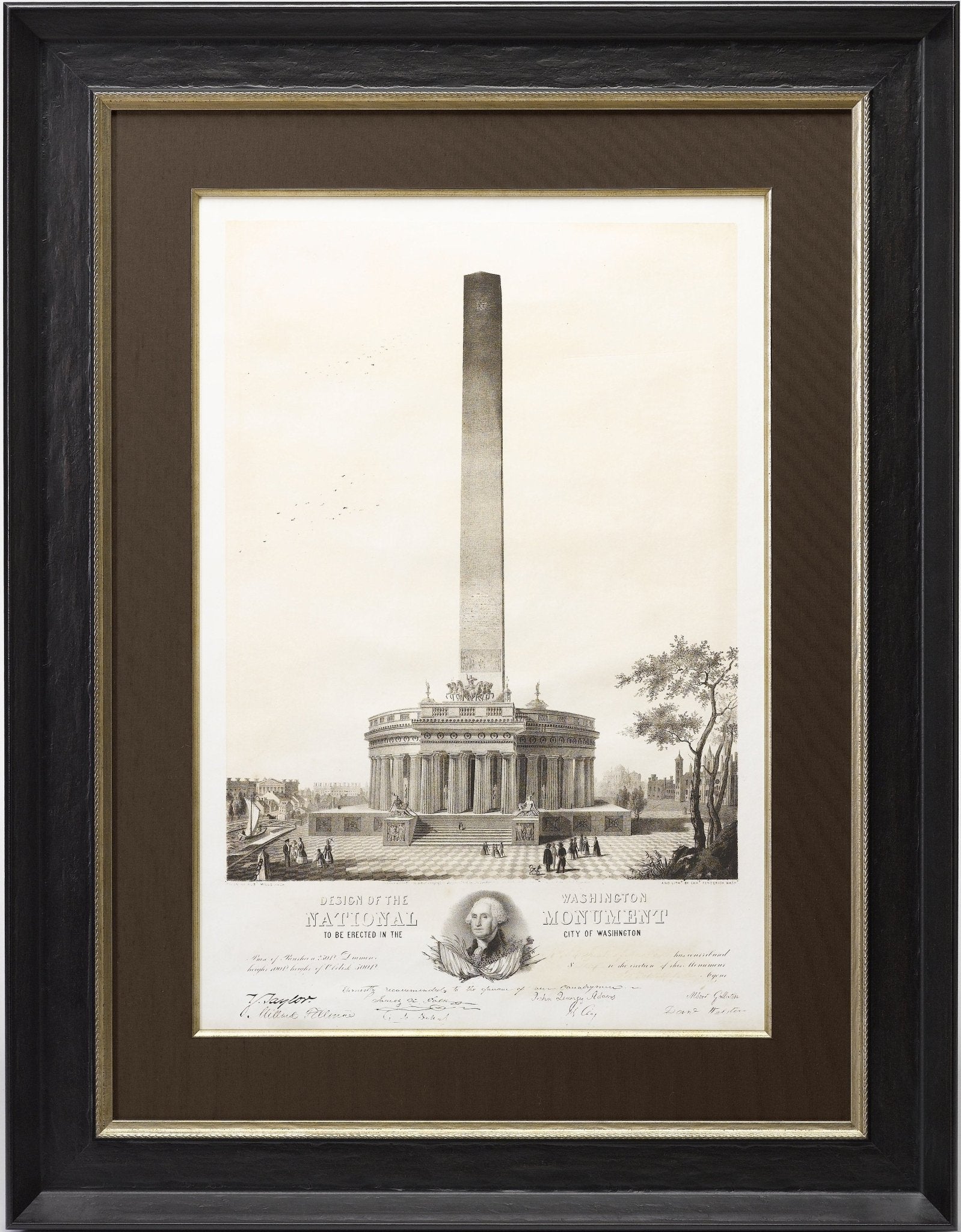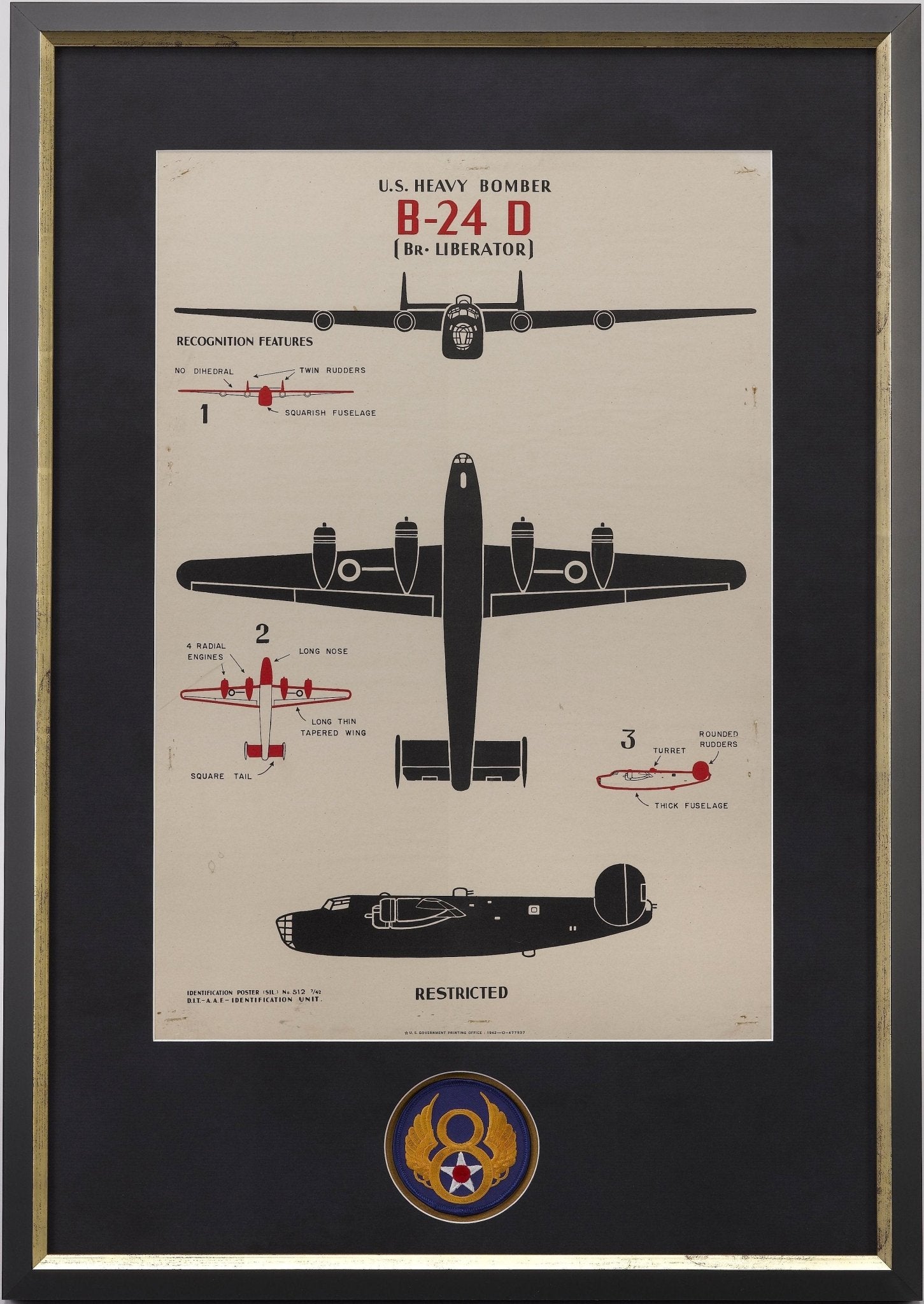Give Me Liberty or Give Me Death! The Famous Words of Patrick Henry
“Give me liberty or give me death!” These famous words were spoken 245 years ago by Patrick Henry. Read more about his influence on the American Revolution in this week’s blog!
“I know not what course others may take, but for me - Give me liberty or give me death!” These words still echo throughout America’s history as a defiant call to action against the world’s most powerful empire. Patrick Henry proclaimed his commitment to the Revolutionary cause to a crowded room of Virginians debating whether or not to raise militia in each county. Without notes or prepared words, the impassioned Henry declared his dedication to the cause and set the standard for patriotic devotion to America that bolstered the impending revolution.
A Call to Action
On March 23, 1775, at the Second Virginia Congress, many influential men sat in St. John’s Church in Richmond to discuss whether or not to prepare defensive actions against their king’s forces. Individuals such as George Washington and Thomas Jefferson, in addition to several other eventual signers of the Declaration of Independence, spent the day listening to the arguments for and against raising militia in the Virginia counties. Many attendants gave compelling speeches, but it was the words of prominent lawyer Patrick Henry that cemented the day in history: “Give me liberty or give me death!” At a time when many were not convinced that armed conflict would be necessary, Henry argued that preparing with a militia was not only important, but past due. His impassioned words and booming voice left the room in silence after the orator took his seat. With no other speakers to challenge Henry, the delegates were tipped in favor of preparing a Virginia militia in case of armed conflict.
The gripping speech was given without notes and there was no contemporary transcription, but the men in that room never forgot those last words that stirred the crowd to action. Shortly after Henry’s death, biographer William Wirt interviewed several men who were in attendance that day to produce the closest replica of the speech that lives on in American history.
Henry’s words held more firmly when only 27 days later, on April 19th, Paul Revere rode to prepare the Massachusetts militia for the Battles of Lexington and Concord, thus beginning the American Revolutionary War.
1797 The Constitutions of the Sixteen States Which Compose the Confederated Republic of America
An early supporter of the American cause, Patrick Henry urged the colonies to take up a unified front against Britain. When discussing the earlier Stamp Act, Henry claimed,
“The distinctions between Virginians, Pennsylvanians, New Yorkers, and New Englanders, are no more. I am not a Virginian, but an American.”
He would go on to not only help raise a Virginia militia, but to serve briefly as the state’s Commander in Chief, help construct the state’s constitution, and become the state’s first governor. In 1790, he retired from public service and went back to practicing law. Patrick Henry died on June 6, 1799 in his home in Charlotte, Virginia. His long career and influential words hold a firm place in the early development of the independent America and her ideals.
The words “give me liberty or give me death,” set the tone for the American Revolution and helped to inspire men who would eventually play enormously influential roles in the building of a nation. Patrick Henry’s willingness to put the fate of his country before his own is echoed in the words and actions of many founding fathers. Documents such as The Declaration of Independence Draft by Jefferson, notably refers to that same liberty Henry demanded as one of three inalienable rights. Firsthand accounts such as Washington’s Letters to Congress, and The Constitutions of the Sixteen States, 1797 all emulate the impassioned attitude toward American freedom that Patrick Henry silenced a room with in 1775.






